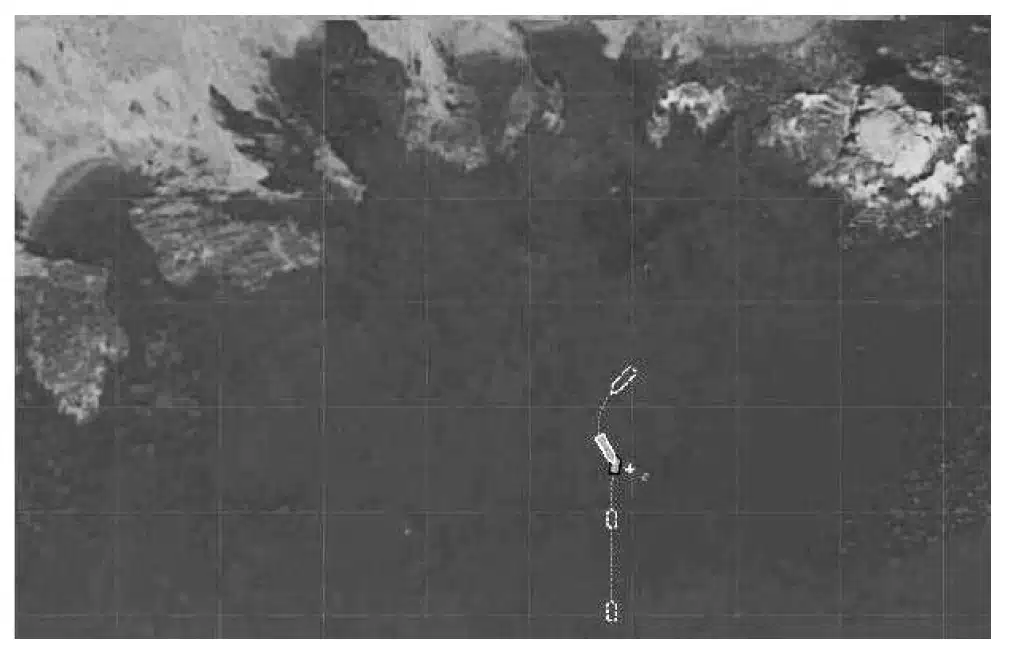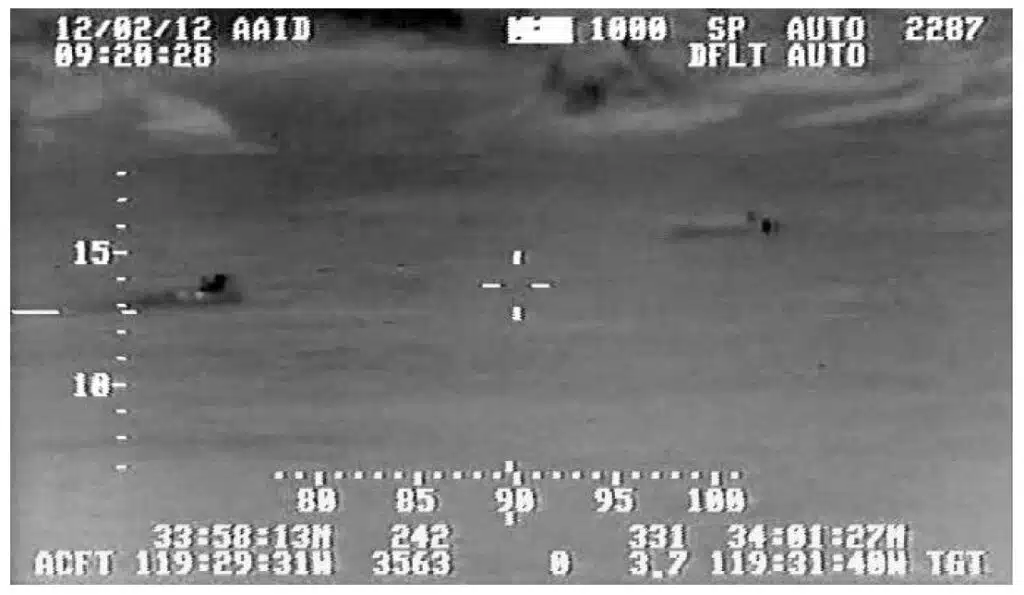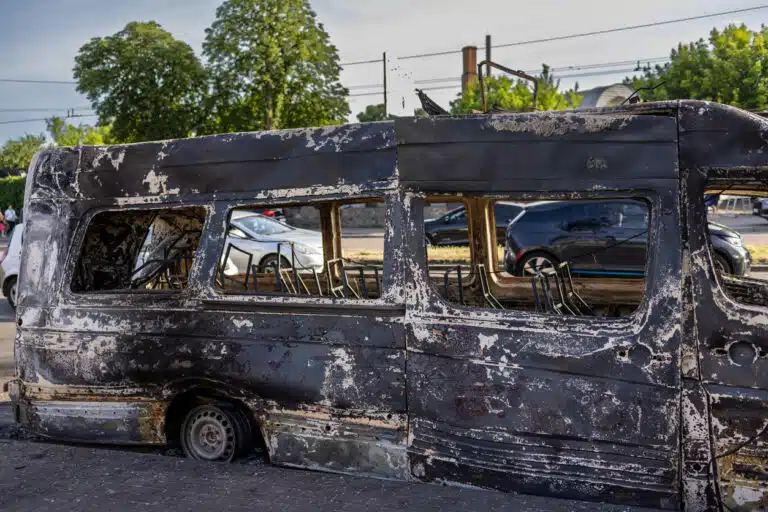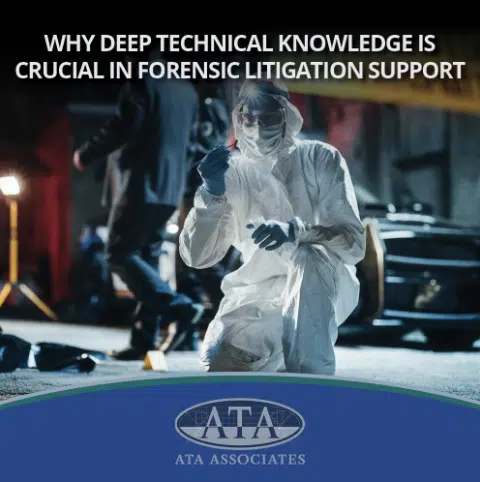

In December 2012, U.S. Coast Guard Chief Petty Officer Terrell Horne, III was killed in a collision between a Coast Guard vessel and a boat operated by a Mexican national near Santa Cruz Island, not far offshore from the city of Santa Barbara, California. The episode began when an open-bow fishing boat, known as a “panga”, was spotted near the island by a Coast Guard aircraft on a routine nighttime patrol. An inflatable boat with a crew of four was deployed from the Coast Guard Cutter Halibut to investigate. Video recorded by a forward looking infrared (FLIR) system on the aircraft shows that as the inflatable approached the stationary panga, the panga abruptly accelerated and turned to port. In the collision that followed, the bow of the 30-foot Mexican craft rode up on the smaller Coast Guard vessel and knocked two crewmen, including Chief Horne, into the ocean, where both men received propeller strikes from the panga’s outboard motors. Despite first aid administered by his crewmates, Horne died aboard the cutter while being evacuated from the scene. Meanwhile, the surveillance aircraft followed the panga as it fled south, eventually handing off the chase to a Coast Guard helicopter and armed, fast response boat. After a lengthy pursuit, the panga was stopped and Coast Guard personnel apprehended the panga’s driver and a crewman. Surprisingly, no contraband was found; instead, the panga was carrying over 2,400 pounds of gasoline meant to be used to refuel other northbound boats involved in drug running or human trafficking.
The U.S. Attorney’s Office contacted ATA Associates, Inc. in February 2013 seeking a reconstruction of the collision to be presented at the trial of the panga’s captain and his crewman who had been charged with second degree murder, failure to heave to and four counts of assault on a federal officer with a deadly weapon. ATA’s work in preparing the reconstruction included an examination of the FLIR video and eye-witness accounts of the collision, physical inspections of the panga and the Coast Guard inflatable, in-water performance testing of the panga and a nighttime visit to the collision site to witness visibility at the site under lighting conditions similar to those at the time of the collision.
The surveillance aircraft’s FLIR video was a major component in reconstructing the event, though interpretation of the video proved to be a challenge. Progressive movement of the aircraft during the recording, panning of the FLIR camera by its operator, who had no foreknowledge of what he was about to witness, and foreshortening of the camera’s view created by a separation distance of almost four nautical miles between the aircraft and the collision scene made quantifying distances between the two boats difficult.
Global positioning system (GPS) data for a “target” at the center of the frame was provided by the FLIR system, but those data were less helpful in estimating distances between the boats than was initially expected. Observations of distinctive features of Santa Cruz Island’s shoreline, seen in the background of the FLIR video image, provided the best means for determining distances between the boats when the locations of those shoreline features were considered in the context of data provided by the FLIR system on the camera’s location and its pointing direction. Clarity of the video was also enhanced by ATA’s novel deconstruction of the video into its constituent frames and the subsequent reanimation of those frames after they were reoriented in relation to prominent, fixed island landmarks.
In January 2014, Ed Fritsch presented ATA’s reconstruction, including the stabilized FLIR video, in U.S. District Court for the Central District of California as one of the final witnesses for the prosecution in the jury trial of the panga’s captain and his accomplice. Both men were subsequently convicted; the panga’s captain receiving a life sentence without parole and his accomplice receiving a sentence of ten years in federal prison.



